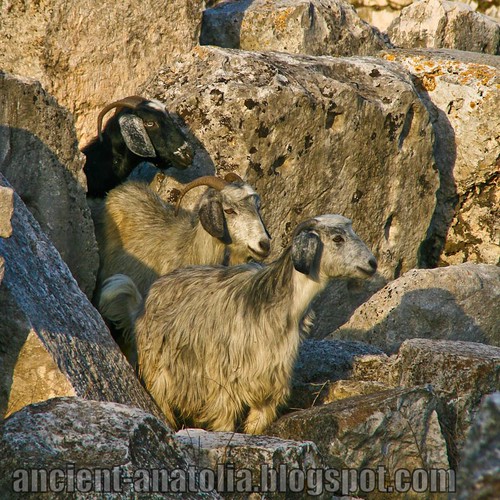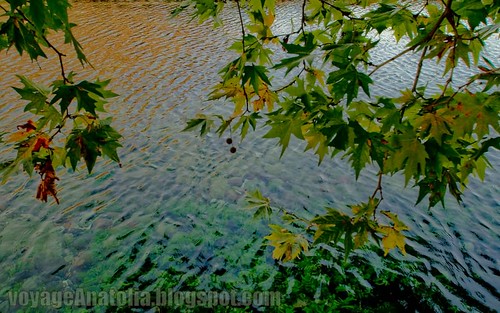
Guards of Limyra, originally uploaded by voyageAnatolia.blogspot.com.
Limyra was a Lycian city on the southern coast of Asia Minor, on the Limyrus River, and twenty stadia from the mouth of that river.
It is mentioned by Strabo (XIV, 666), Ptolemy (V, 3, 6) and several Latin authors. Nothing, however, is known of its history except that Gaius Caesar, adopted son of Augustus, died there (Velleius Paterculus, II, 102).
The ruins of Limyra are to be seen three or four miles east of the Turkish village of Finike formerly Fineka (in Antiquity the port Phoenicus, a Phoenician foundation), in Antalya, Turkey. They consist of a theatre, tombs, sarcophagi, bas-reliefs, Greek and Lycian inscriptions etc. About 3 km east of the site is the Roman Bridge at Limyra, one of the oldest segmental arch bridges of the world.
